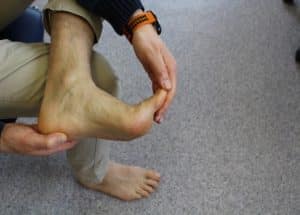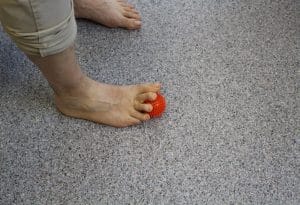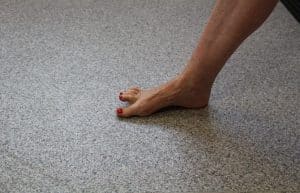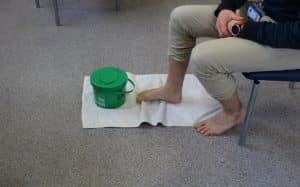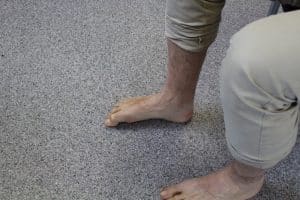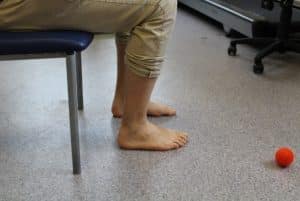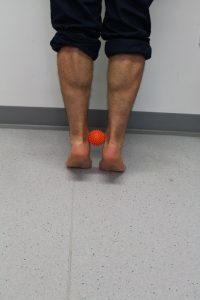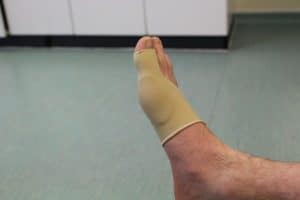What is a Bunion? (also known as a hallux valgus)
A bunion is a deformity of the big toe as it moves towards the adjacent toe. It often creates bony prominence on the side of the big toe joint which is harder to fit in shoes which can make the joint sore. A bunion can also occur at the 5th joint known as a bunionette.

